Cambridge English Advanced Listening Tips
The Cambridge English: Advanced (CAE) listening test is an important component of the CAE exam, as it assesses your ability to understand spoken English in a variety of contexts. Developing strong listening skills is crucial for success in this test, as it requires you to comprehend a range of accents, dialects, and topics. In this article, we will explore the format of the CAE listening test and provide tips and strategies for improving your listening skills.
Understanding the format of the CAE listening test
The CAE listening test consists of four parts, with a total of 30 questions. Each part focuses on a different aspect of listening comprehension. Part 1 involves listening to short extracts from conversations or monologues and answering multiple-choice questions. Part 2 requires you to listen to a longer monologue or interview and complete sentences or notes. Part 3 involves listening to a conversation between two or more people and answering multiple-choice questions. Part 4 requires you to listen to a longer recording, such as a lecture or speech, and answer multiple-choice questions.
Developing your listening skills through regular practice
Regular practice is essential for improving your listening skills. By exposing yourself to a variety of listening materials, you can become more familiar with different accents, vocabulary, and sentence structures. Incorporating listening practice into your daily routine can be as simple as listening to podcasts or watching movies or TV shows in English. Additionally, there are numerous online resources and apps that provide listening exercises specifically designed for exam preparation.
Building your vocabulary to improve your comprehension
Vocabulary plays a crucial role in listening comprehension. The more words you know, the easier it will be for you to understand spoken English. To expand your vocabulary, make a habit of learning new words every day. You can do this by reading books, newspapers, or online articles in English and noting down any unfamiliar words. It is also helpful to create flashcards or use vocabulary apps to review and practice new words regularly.
Familiarizing yourself with different accents and dialects
Exposure to different accents and dialects is essential for developing your listening skills. The CAE listening test includes a variety of accents, such as British, American, Australian, and others. To familiarize yourself with different accents, you can listen to podcasts or watch TV shows and movies from different English-speaking countries. Additionally, there are online resources that provide listening exercises specifically designed to help you practice listening to different accents.
Using note-taking techniques to retain information
Note-taking can significantly improve your listening comprehension. During the CAE listening test, you will have the opportunity to take notes while listening to the recordings. Effective note-taking involves writing down key points, main ideas, and supporting details. This helps you retain information and refer back to it when answering the questions. Practice note-taking while listening to various materials, such as lectures or podcasts, to improve your skills.
Identifying key words and phrases to help you follow the conversation
Identifying key words and phrases is crucial for following the conversation and understanding the main ideas. Key words and phrases often provide clues about the topic or the speaker's opinion. Examples of key words and phrases include names, numbers, dates, adjectives, and verbs. By actively listening for these key words and phrases during the CAE listening test, you can better comprehend the content and answer the questions accurately.
Preparing for different types of listening tasks, such as multiple choice and gap-fill
The CAE listening test includes various types of tasks, such as multiple choice, gap-fill, sentence completion, and matching. Each task requires a different approach and strategy. To prepare for these tasks, familiarize yourself with the instructions and practice answering similar questions. Pay attention to the specific requirements of each task, such as choosing the best option or completing a sentence with a specific word or phrase. By practicing different types of listening tasks, you can become more comfortable and confident in your abilities.
Using contextual clues to infer meaning
Contextual clues can help you infer the meaning of unfamiliar words or phrases. By paying attention to the surrounding words and the overall context of the conversation, you can make educated guesses about the meaning of unknown vocabulary. For example, if someone says, "I'm feeling under the weather," you can infer that they are not feeling well based on the context. Practice using contextual clues while listening to various materials to improve your ability to understand unfamiliar words.
Avoiding common mistakes, such as misinterpreting homophones
Misinterpreting homophones is a common mistake made during the listening test. Homophones are words that sound the same but have different meanings. For example, "write" and "right" or "there" and "their." To avoid confusion, pay close attention to the context and listen for other clues that can help you determine the correct meaning. If you are unsure, make an educated guess based on the overall context of the conversation.
Staying focused and managing your time effectively during the test
Staying focused and managing your time effectively during the CAE listening test is crucial for success. It is important to listen attentively and avoid distractions. Make sure to read the instructions carefully before each task and allocate your time wisely. If you are struggling with a particular question, move on and come back to it later if you have time. By staying focused and managing your time effectively, you can maximize your chances of achieving a high score in the listening test.
Would you like to test out what you've learned? Here is a sample exam for the CAE Listening
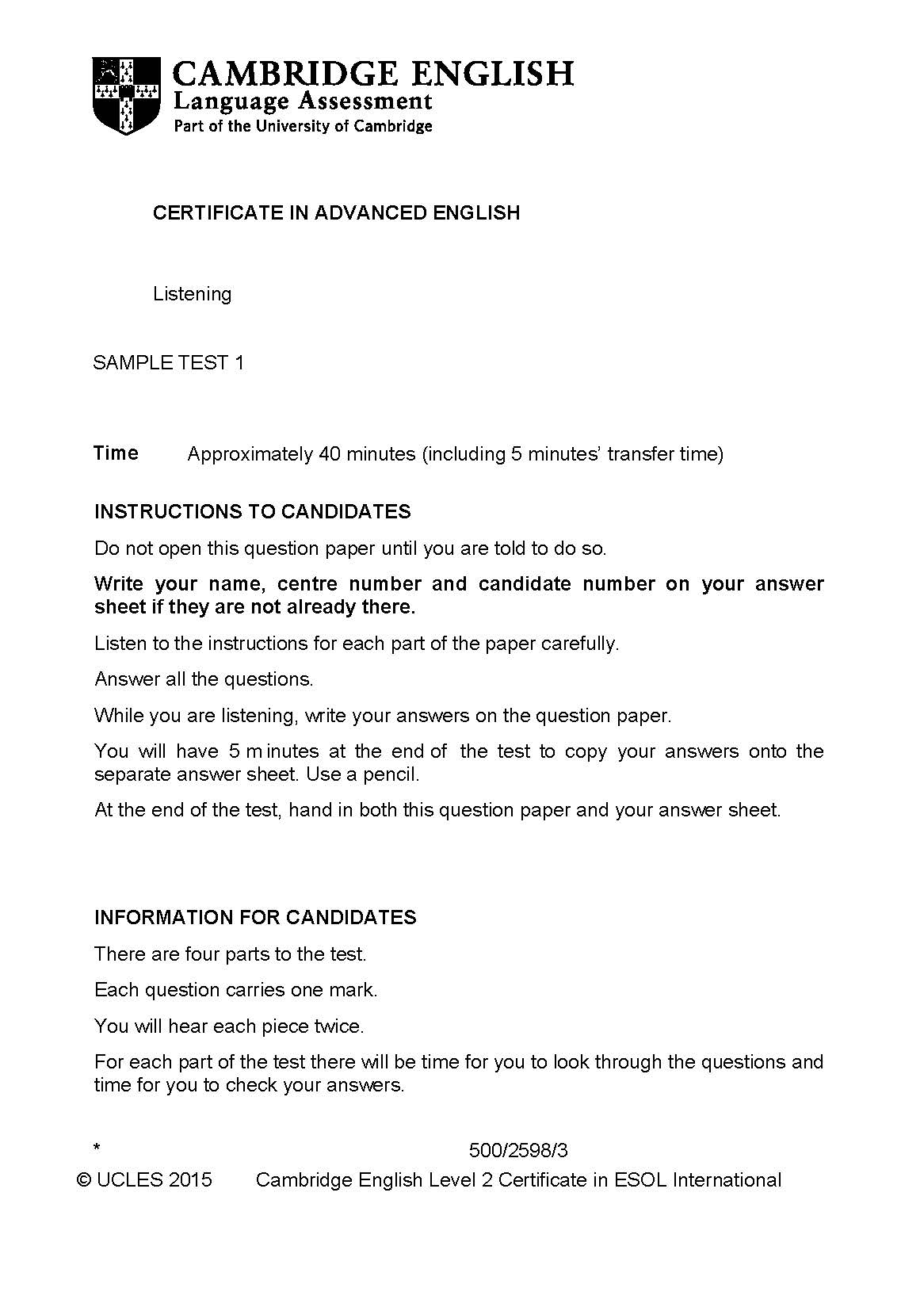
- PART 1 - EXTRACT ONE
- PART 1 - EXTRACT TWO
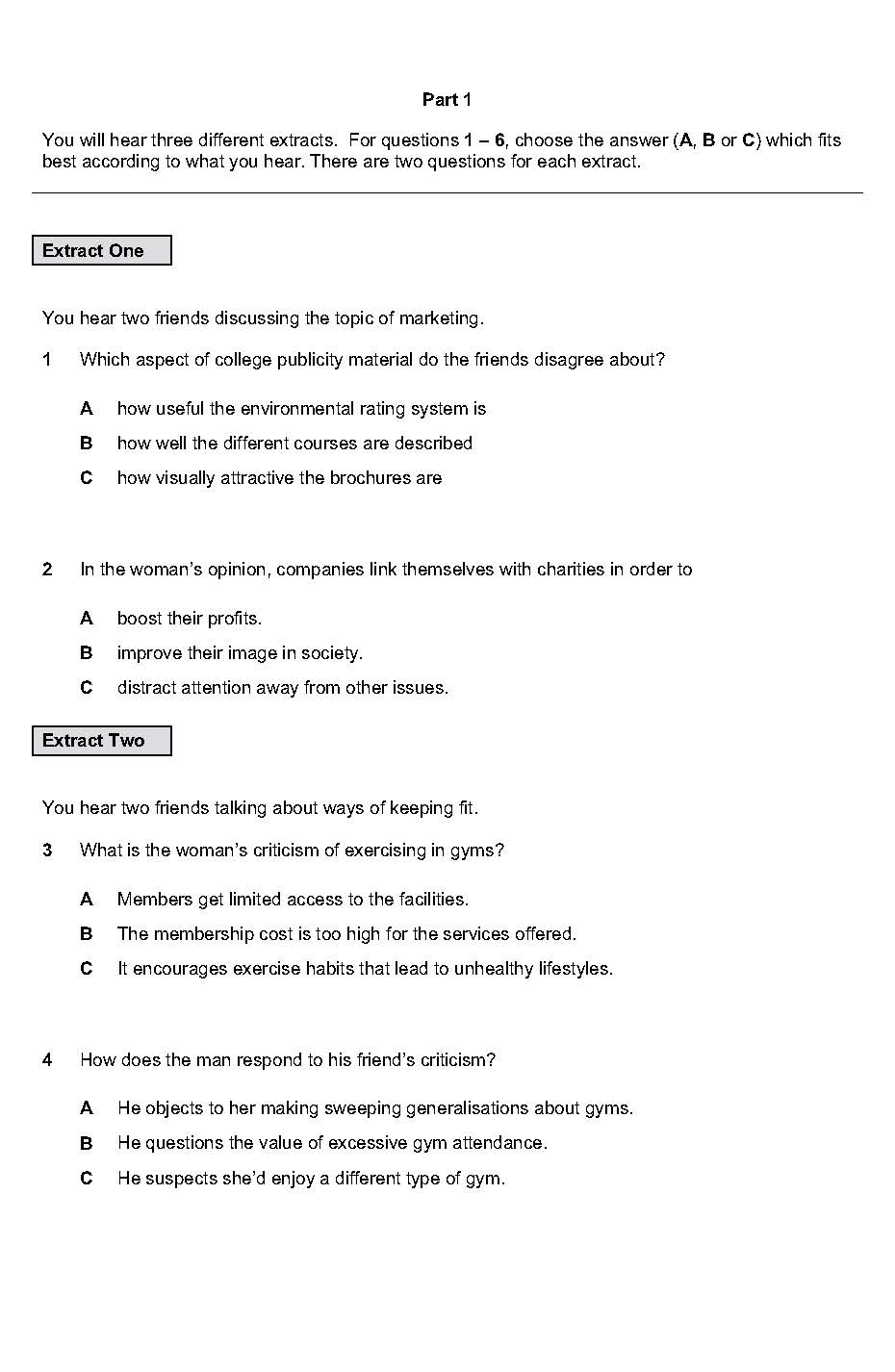
- PART 1 - EXTRACT THREE
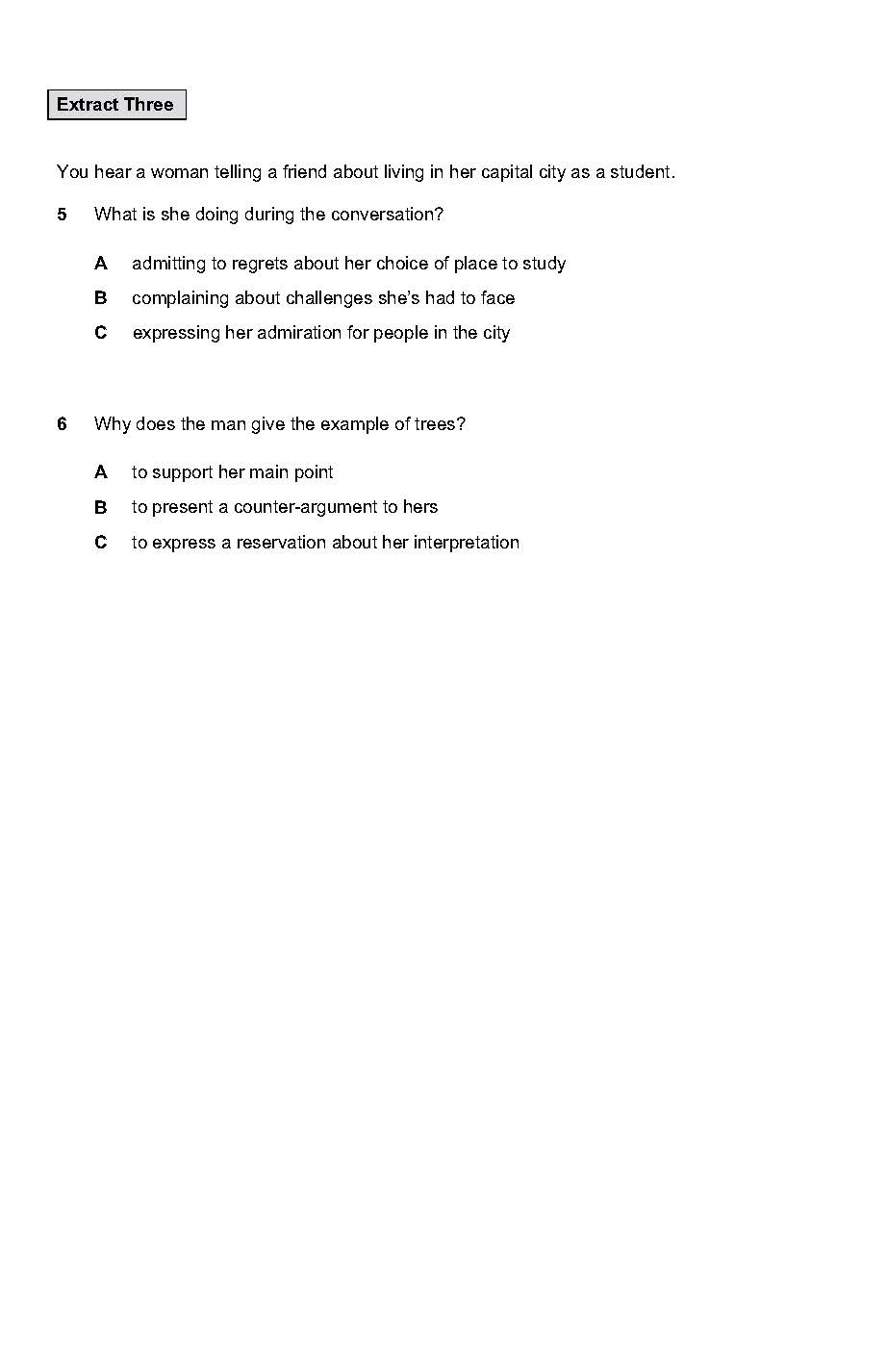
- PART 2

- PART 3
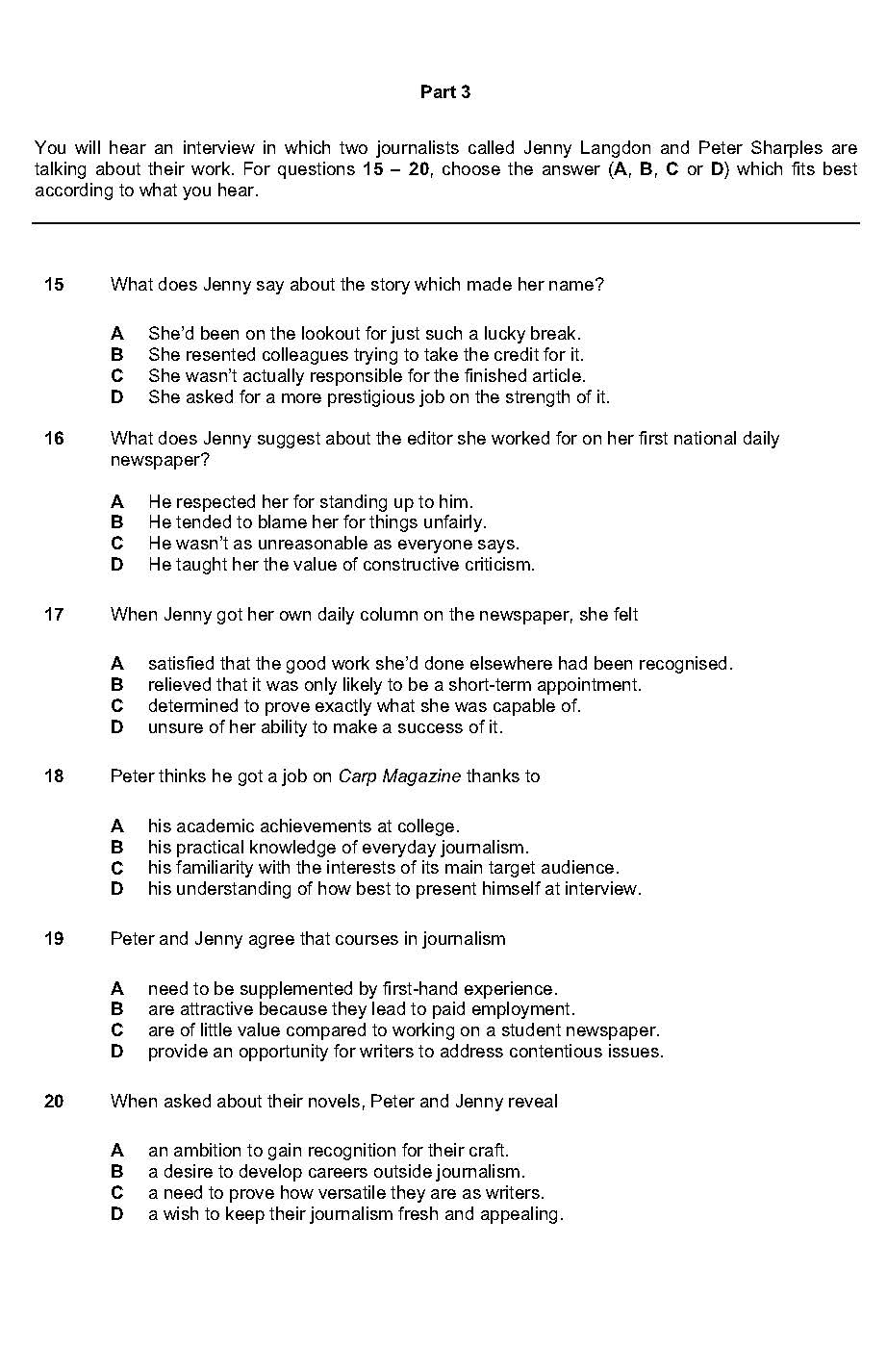
- PART 4
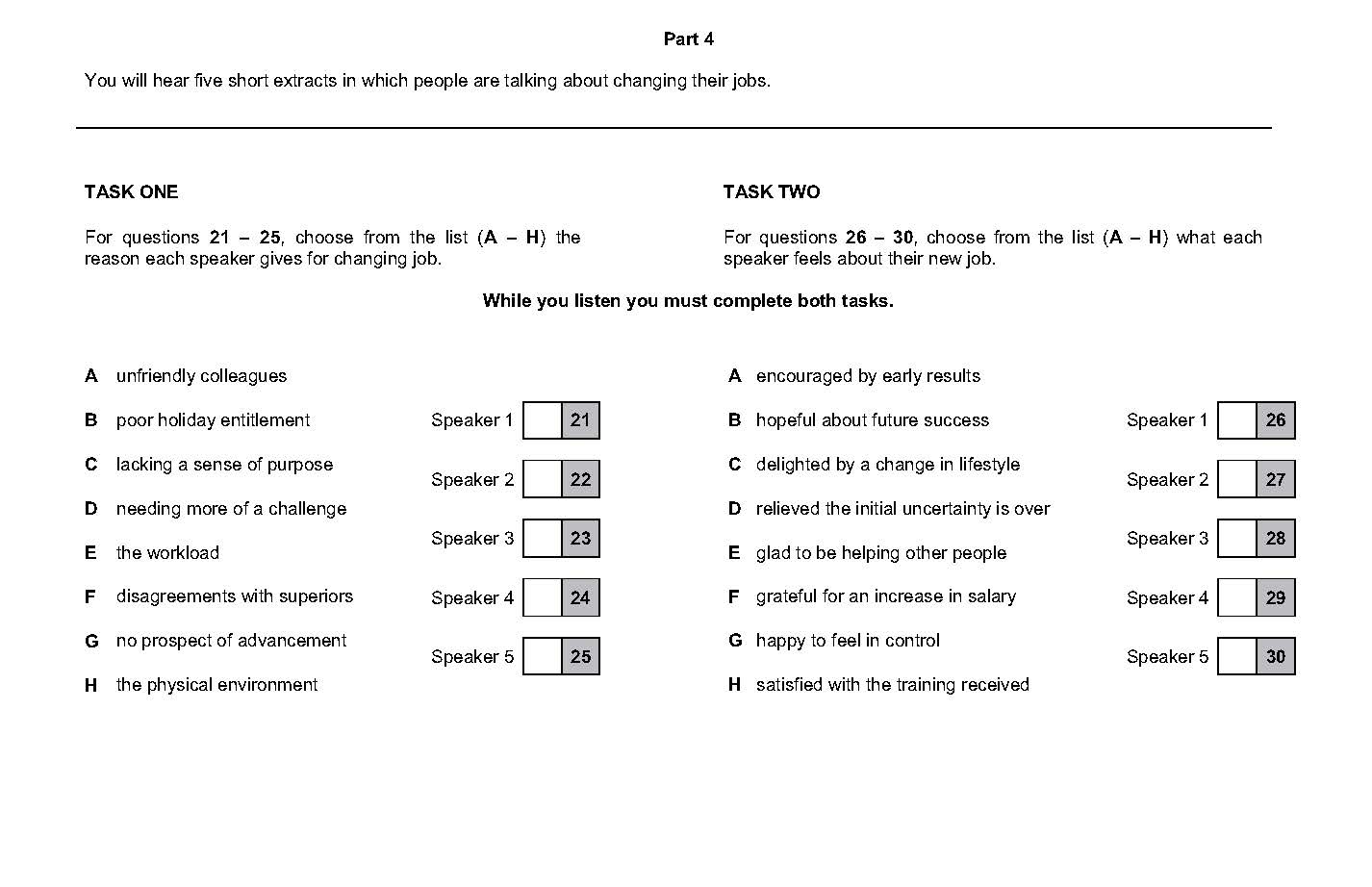
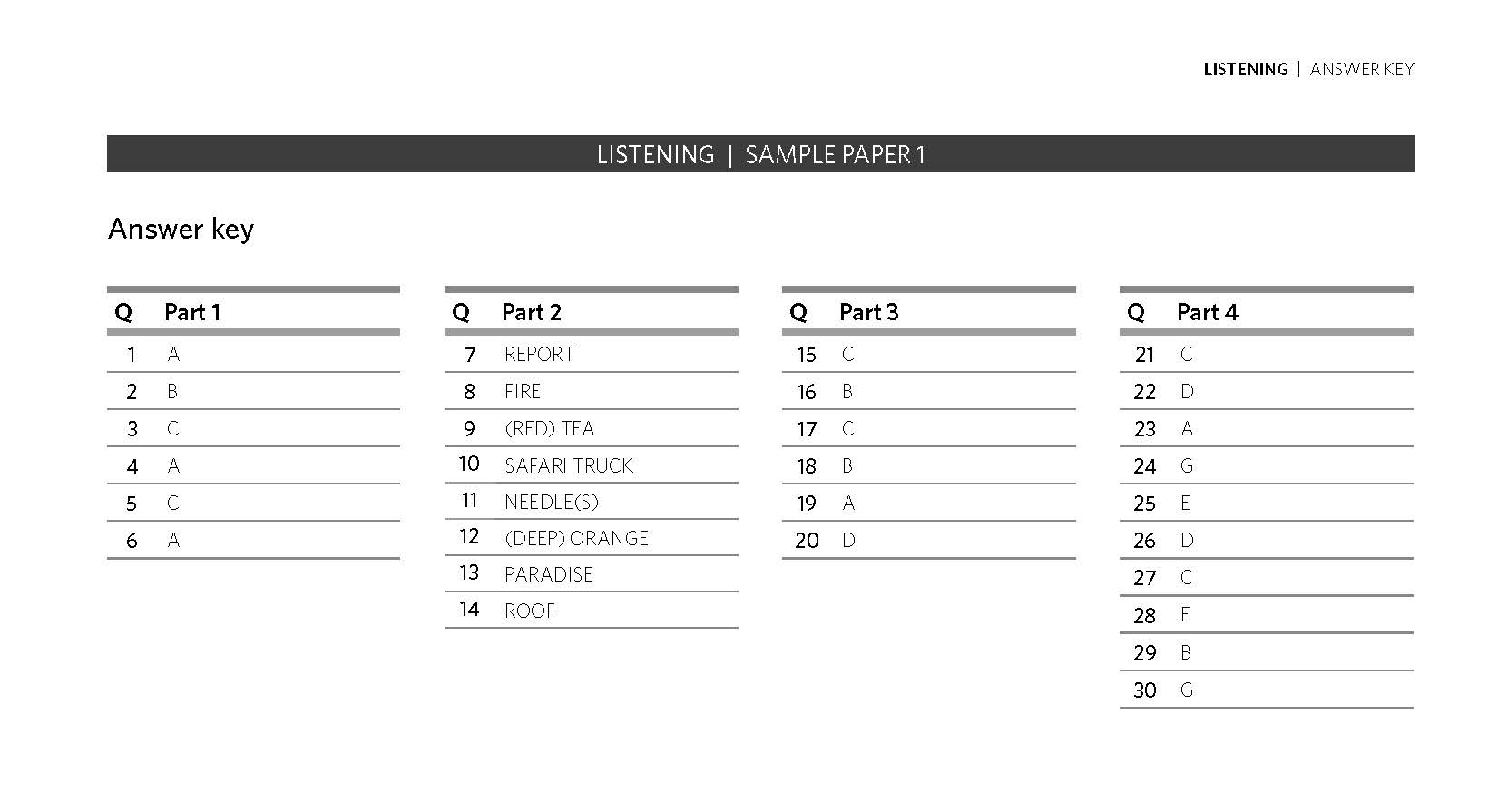
CONCLUSION:
Developing strong listening skills is essential for success in the CAE listening test. By understanding the format of the test, practicing regularly, building your vocabulary, familiarizing yourself with different accents, using note-taking techniques, identifying key words and phrases, preparing for different types of tasks, using contextual clues, avoiding common mistakes, and staying focused and managing your time effectively, you can improve your listening skills and achieve a high score in the CAE listening test. Remember to practice regularly and prepare thoroughly to increase your chances of success.



